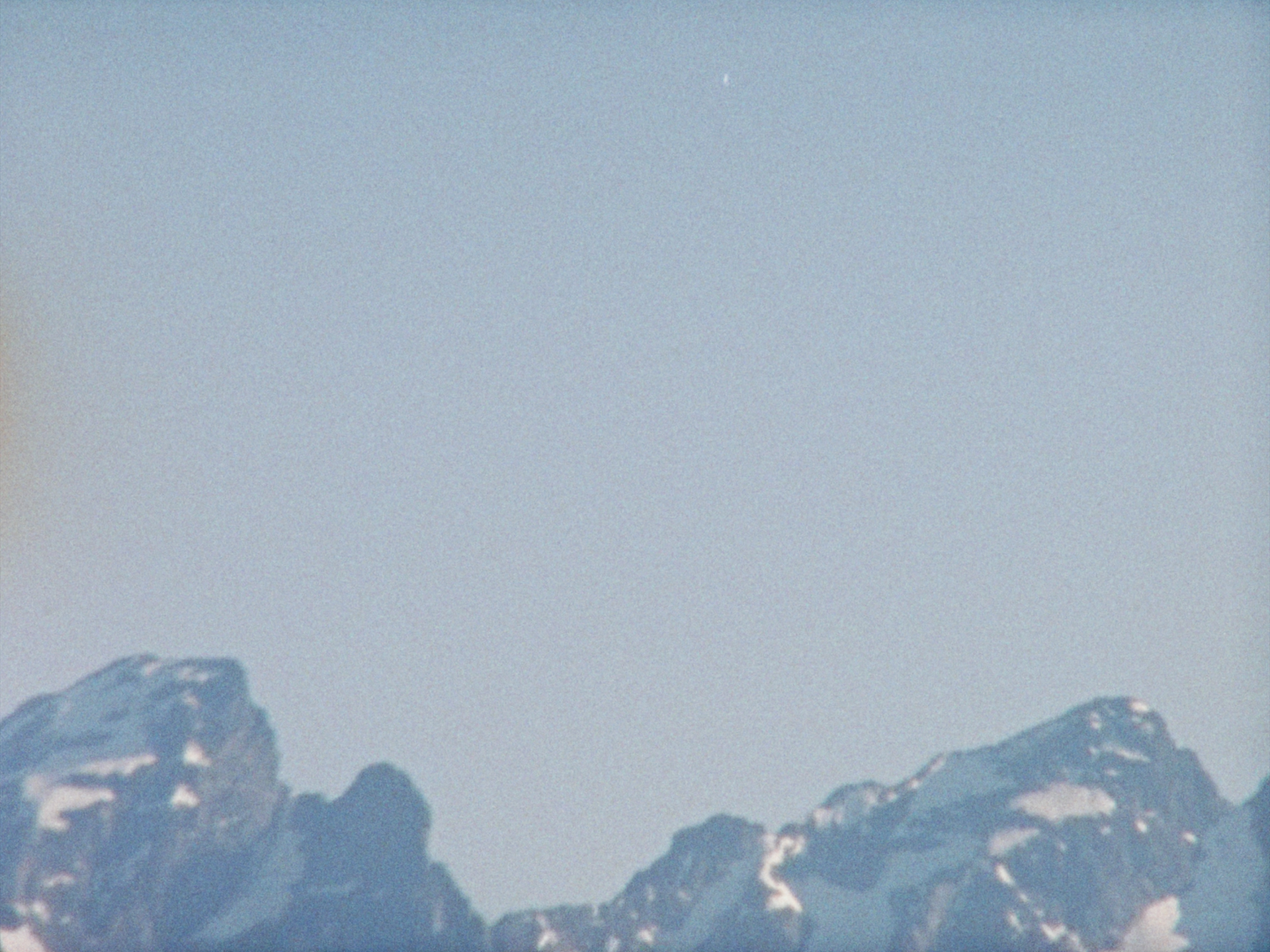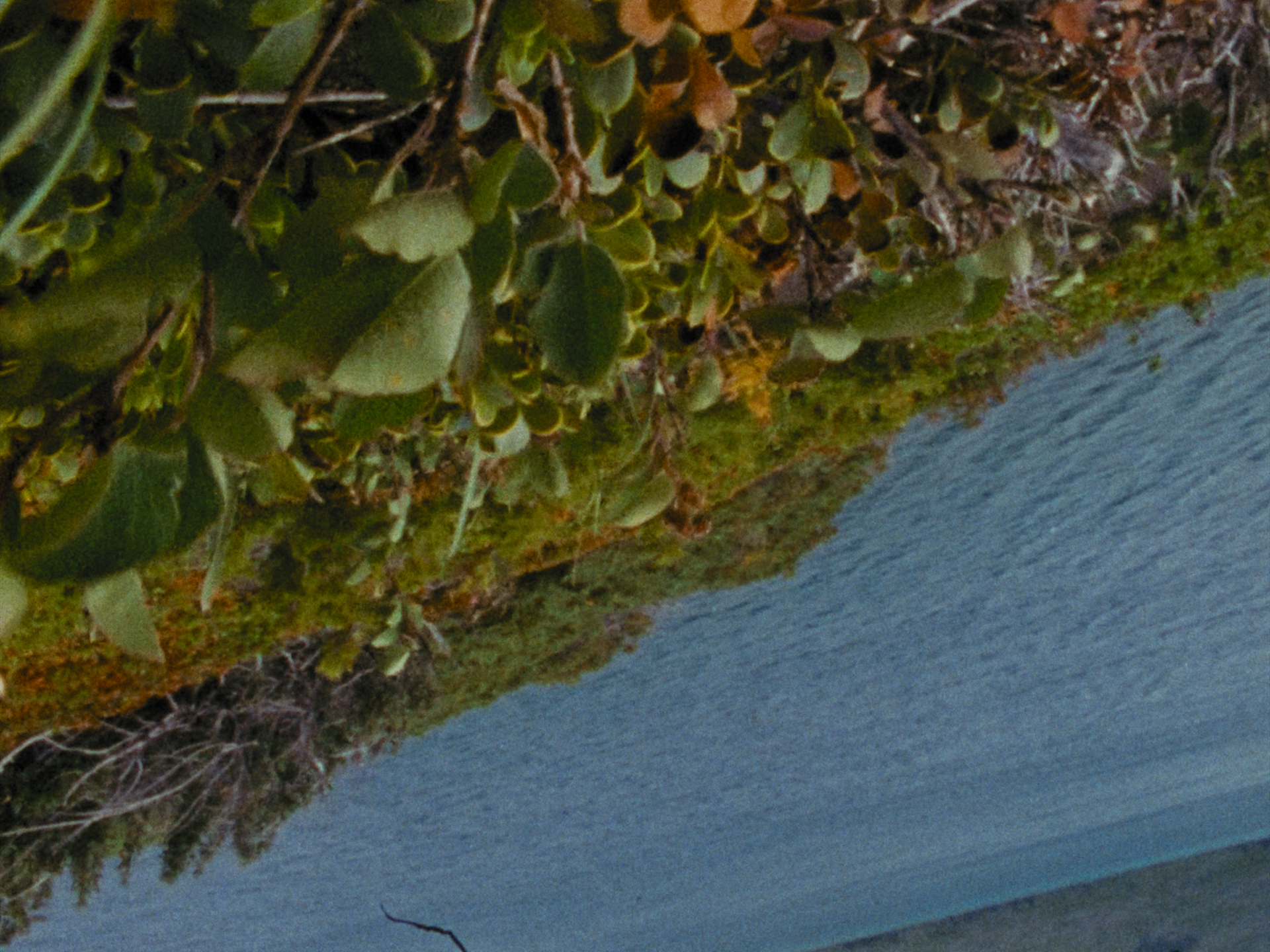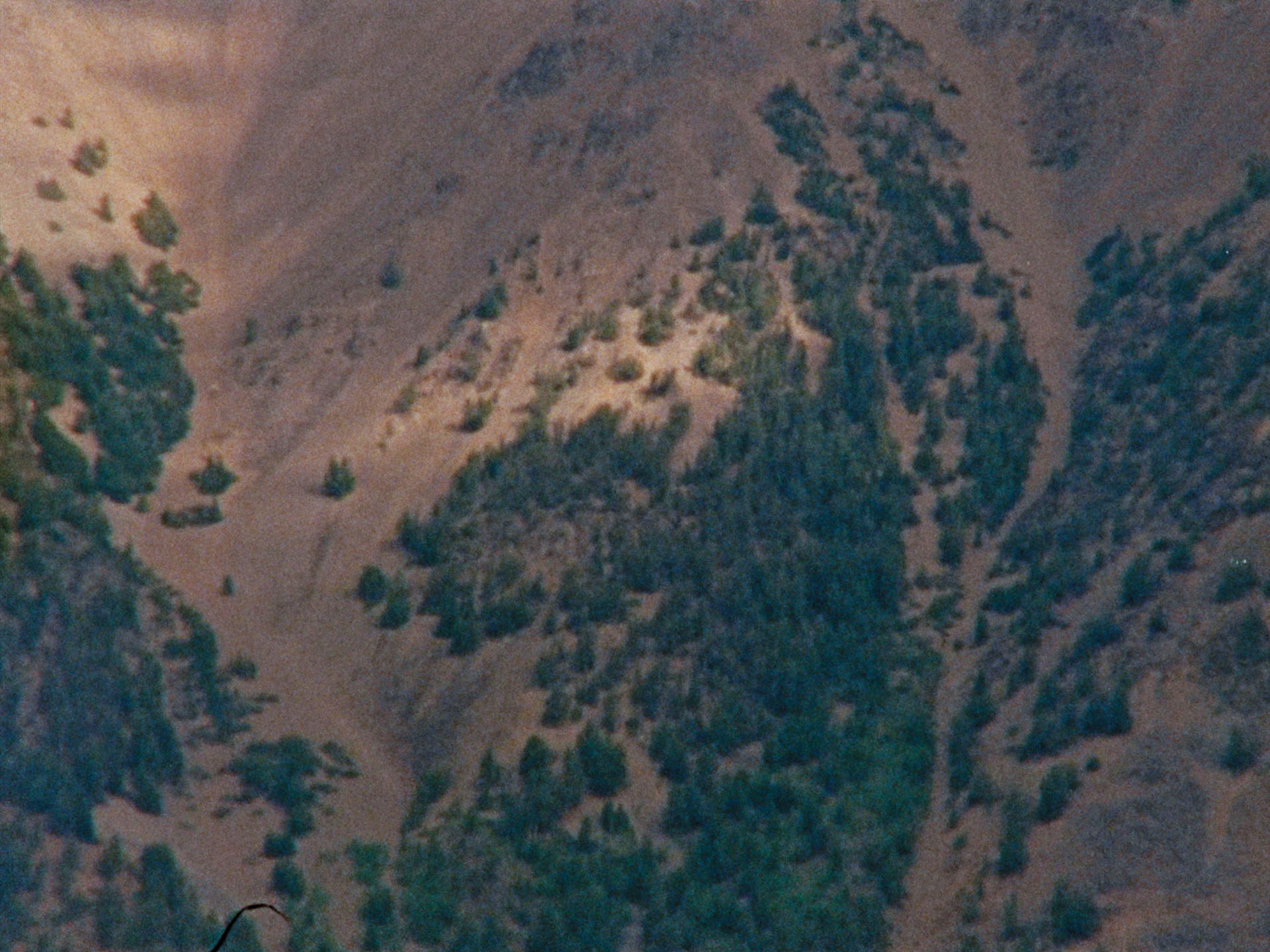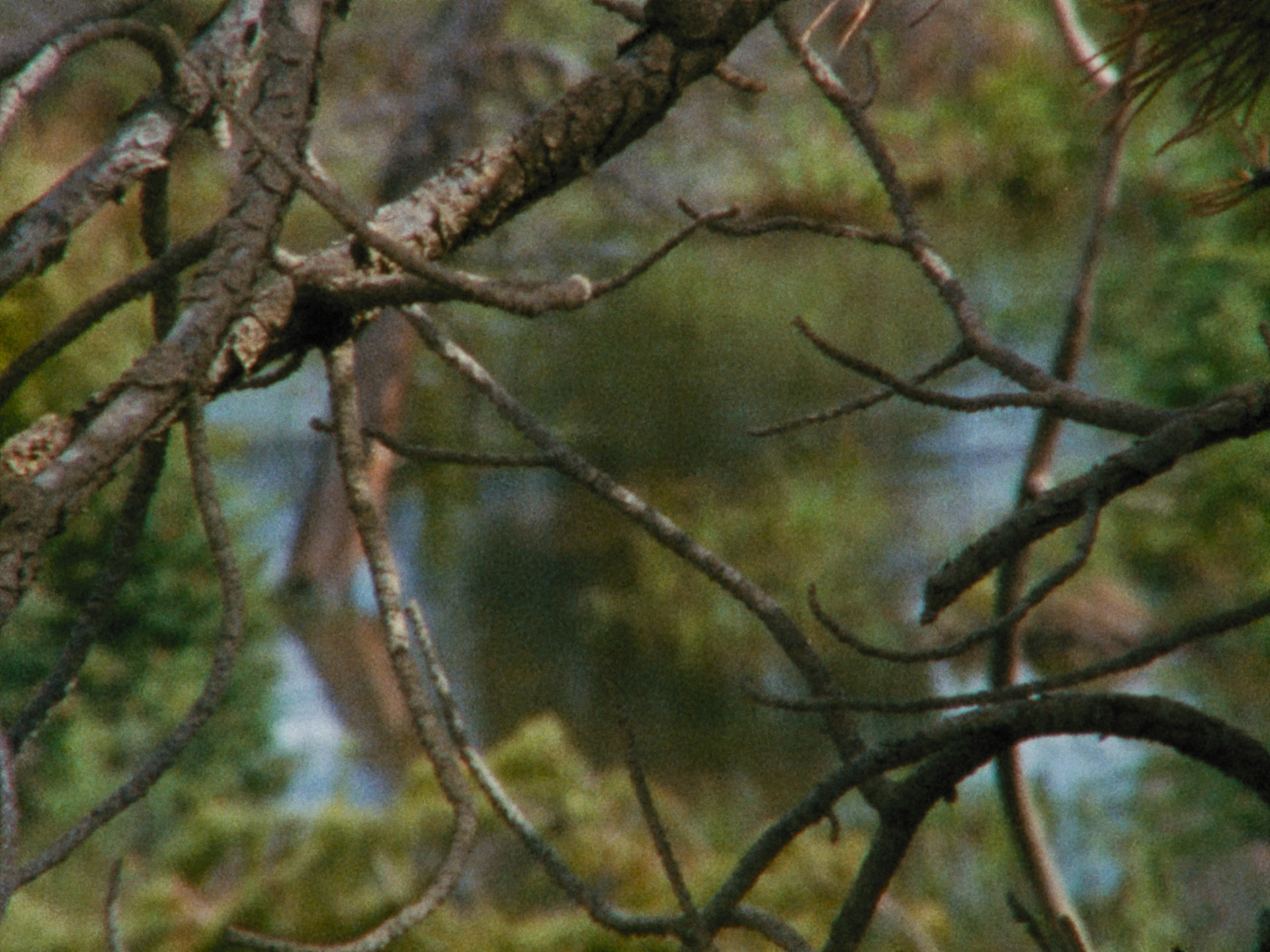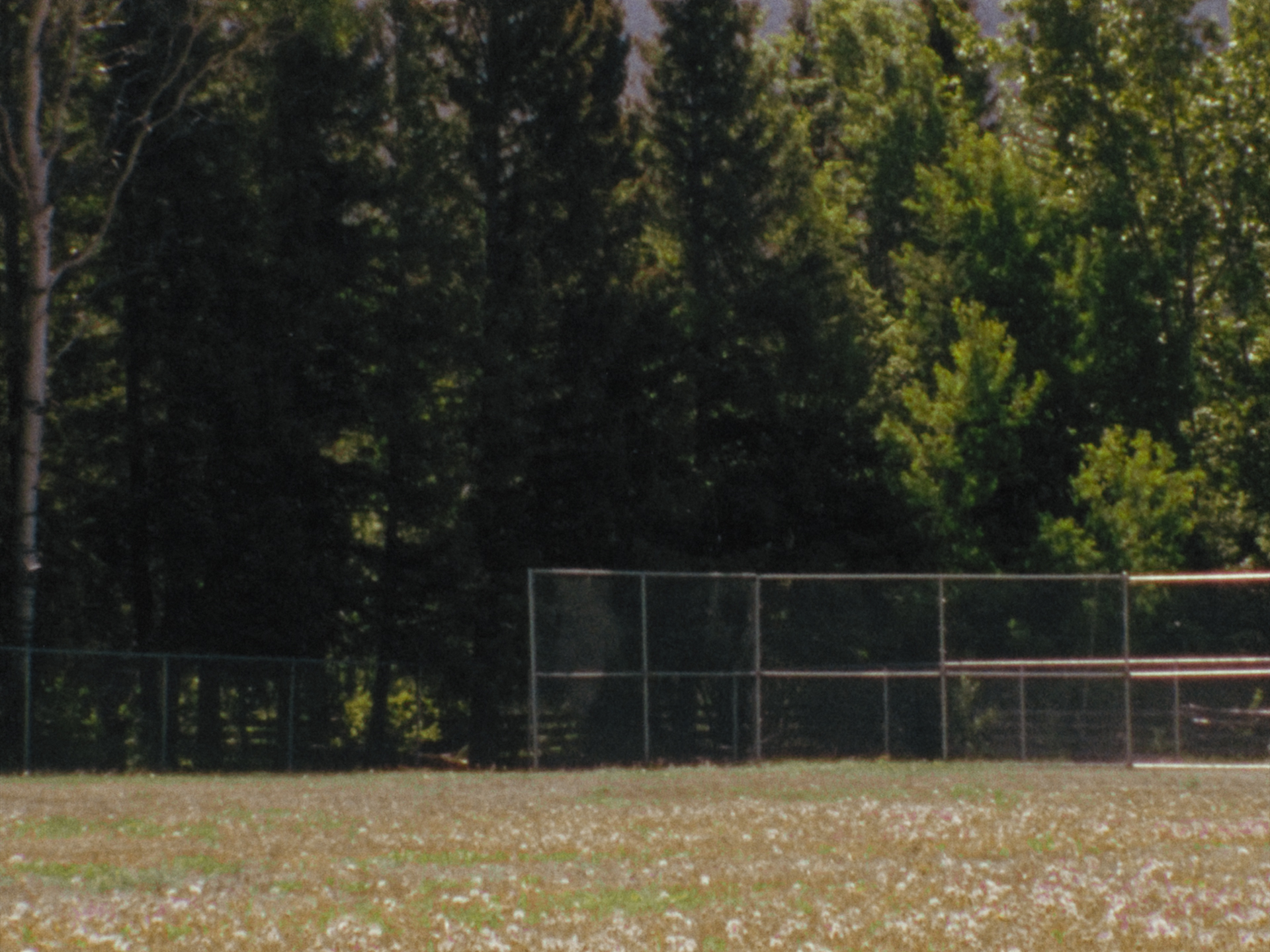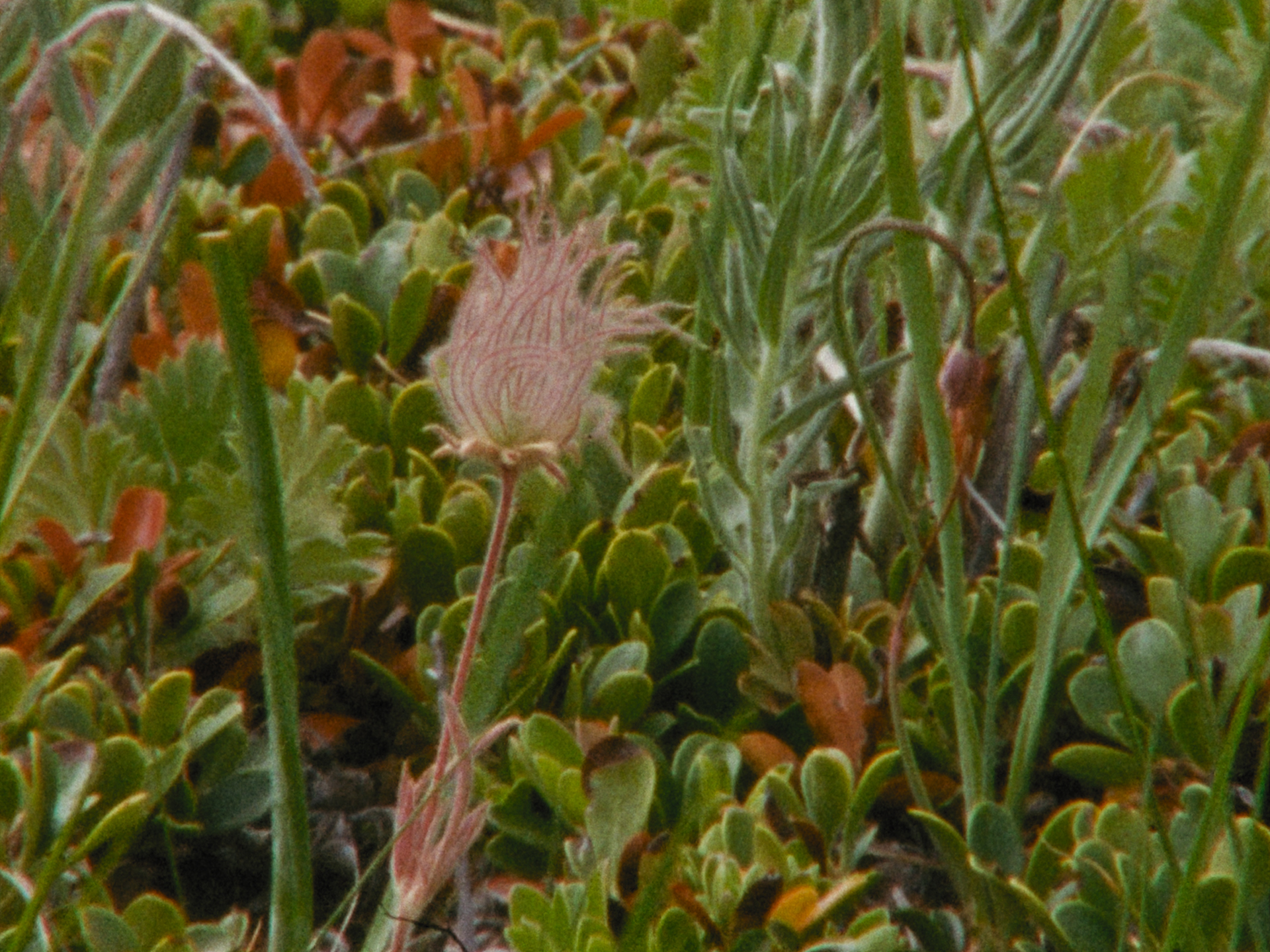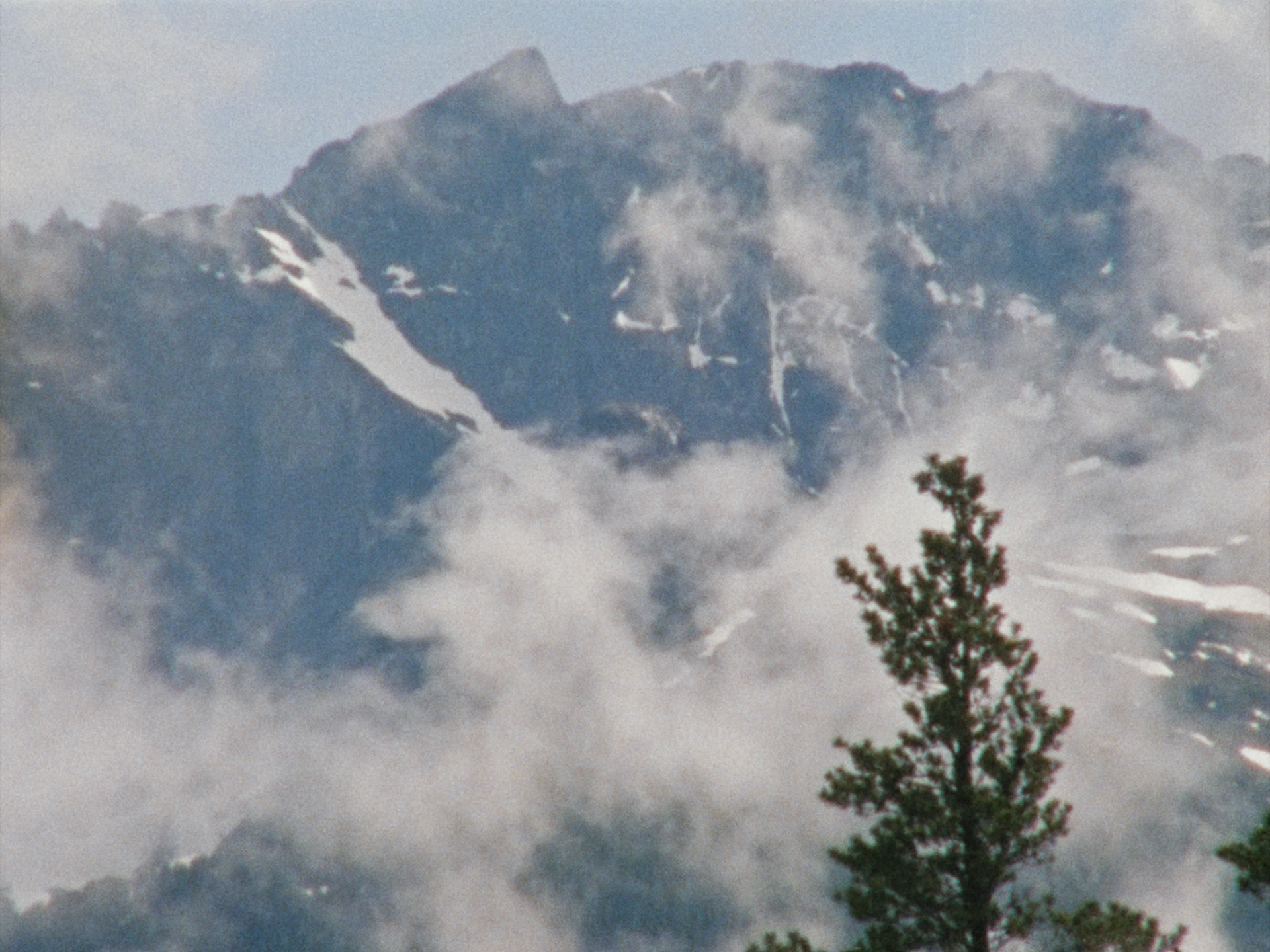film stills © Shen Xin
Solar Wheels
Super 8mm film transferred to HD, single channel video and sound installation, 26:52, 2024
The multifaceted story of the Wooden Horse embodies carvings of migration and polyphony across geographies. In this retelling, it is situated via the specificity of language, sound, materiality, and environment into its Uyghur context, bringing forth potential protagonists across kinship narrated. Through bearing witness of governance reflected in the Elegasi Qayus Wild Horse Preserve created by the Xeni Gwet’in first nation, China’s recent wild horse repatriation policies, and their respective utilisation and advancement in solar energy, the story, with the permission of communities involved, is encoded into relatedness of the land on traditional Tŝilhqot’in territory.
As the Wooden Horse remembers the process towards reconciliation with invented and received technologies, the film memorizes its own relational tangibility. The making involves invitations for children at Naghtaneqed in Xeni Gwet’in, and extending to those who come into contact with the analogue camera, to imagine what’s present with the land in front of the lens, and moving with what’s absent. Led by a sonic map, the film, through stories registering a multitude of presence, becomes a ritualistic device for the reclaiming of its own capturing mechanism, and an object in the process of remembrance for the languages involved, Uyghur and its translations, as well as Tŝilhqot’in.
This work is made on the traditional Tŝilhqot’in territory, with the support of Xeni Gwet’in First Nations Government and communities. It is also supported by Jerome Foundation in Miní Sóta Makhóčhe.
Names of stories, legends, and cultural spaces in order of appearance: Tŝ’ilʔos Belh ʔEniyud / Dasiqox / Snow Mountain Legends / Ts’uniʔad / Tŝ’ilʔoŝ / Nen Nanizŵed / Naghtaneqed / Tŝimol Ch’ed / Tsinlhqox Biny / Lhin Desch’osh
Thank you, to soil, plants, minerals, fungi, the four-legged, winged, finned and insectoid on the traditional Tŝilhqot’in territory, especially to horses Chilko, Gussie, and Swirl, for letting us witness, listen in, and record their sonic presence, allowing me to make sound and music with them.
Thank you to the many encountered oral and written forms of ياغاچ ئات The Wooden Horse, which was adapted in Chinese by myself, and translated, narrated in Uyghur by تۇرسۇن مامۇت Tursun Mamut and مۇكەررەم تۇردى Mukarrm Turdi, with thanks to Li Qi’s introduction.
Thank you to my partner in life, Ali Van, who took on the capacity of the sound recordist, the English translator of the adapted story, as my most trusted guide in spirit and relations.
Thank you, to the Xeni Gwet’in First Nations Government and communities on the traditional Tŝilhqot’in territory for supporting the telling of the story: Dinah and James Lulua, and Councilor James Lulua Jr for being our home in the Nemiah Valley; Dalton Baptiste amd Chief Roger William for our meetings in Lënapehòkink and Xeni Gwet’in; Breanna Edwards, Xeni Lulua, Sierra William, and Shannon Woods for introducing their work with horses and at the Youth Center; Tracy Faulkner-Tanis, Dennis Lulua, Patrick Lulua, Kathryn Nair, Gilbert Solomon, Maryann Solomon, Annie C. Williams, June Williams, and Phyllis William for showing us capacity and generosity.
The children and teachers from Naghtaneqed who participated in the Super 8mm filming workshop, including Sharon Baptiste, Seana Burke, Juniper Deyo, Shazzarae Haines, Daniella Haines/Rosette, Takota Kale, and Eddie Quilt.
Thank you, to Jason R. Moffat, for the created fields in colours from light imprints; and to Jochen Jezussek, for the sonic knots in space across dimensions.
